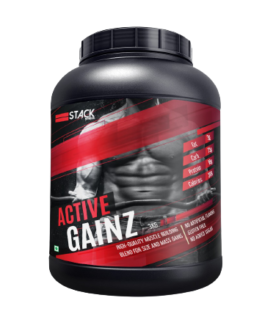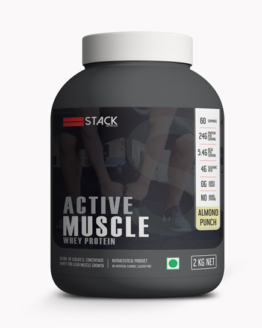Protein diets are the hottest concepts among fitness enthusiasts. After all, the nutrient is a vital component of a fitness regime aimed at good physique for a lifetime. Regardless of your objectives though, proteins are essential for not just muscle building or fat loss, but also for healthy living.
With the endless range of protein products available in the market and recommendations consistently coming in from everywhere, there is one critical aspect of our protein intake that we all miss. We’re referring to protein values, and whether the number mentioned on protein products are estimated on a “dry basis” or on “as is” basis. The difference lies in the percentage of remaining protein, after moisture in the supplement is completely removed by heating it.
This post takes a detailed look at the difference between a protein on as-is basis and dry-basis and simple ways for achieving the best results on a high-protein diet.
Difference Between As-Is Basis and Dry-Basis Protein
- Actual ‘as is’ protein gets absorbed by the body and helps repair and grow muscles. This estimate indicates the lab results of a nutrient in its actual conditions with water.
- The Dry Basis protein metric refers to the actual protein solids being absorbed in the body (As-is basis protein) plus moisture. It is the percentage of “pure protein” present in a product after the water in it is completely removed through heat. For any protein product, the supplement may or may not be 100 % available or utilizable to the body.
Therefore, to select the most effective protein for your body, it is essential to know about the key components of protein which make it more effective.
Consider, for example, if a protein with “as is” value of around 88% is heated at a high temperature for a specific duration. The left out pure protein (without moisture) is what we call “dry basis”. This value will be higher than the “as is” (approximately 93-94%) because the water content is being removed. In a 1 kg product, protein content of 75% and above is considered good, but only if it that figure is real. If there is even 5% moisture, you’re actually left with a REAL protein content of 70-71% which, is honestly average.
As-is protein content is therefore a true indicator of the actual protein content present in a product. Dry-basis is a delusion for users to make you believe a higher presence of protein in the supplement than it actually contains, because supplements are not heated before consumption to remove its moisture.
Be a smart buyer. Check for As-is Protein Content
Are nutrition supplement companies declaring protein content on as-is basis on product labels? Probably not. As a smart buyer, you need to be cautious while reading labels. It probably would be a good idea to assume that if label does not mention, the protein content is on dry-basis. Whereas you actually consume protein on as-is basis i.e. with moisture in it. So in reality one scoop may contain 3% to 5% less protein than what is mentioned on the label. You should prefer buying those protein brands which transparently declare protein on as-is or dry-basis on labels.
A combination of diet fads and clever marketing can understandably confuse you. After all, food marketers across the globe are tapping into the protein demand. With bodybuilders gulping down protein shakes and dieters gobbling down protein bars, it is important to check the labels for protein purity. You should appraise the protein efficiency of your supplements as per your own fitness goals to look beyond the current protein hype.
So next time you pick up that protein supplement jar from your trusted supplements shop, will you pause to ask whether the protein is on as-is basis?

